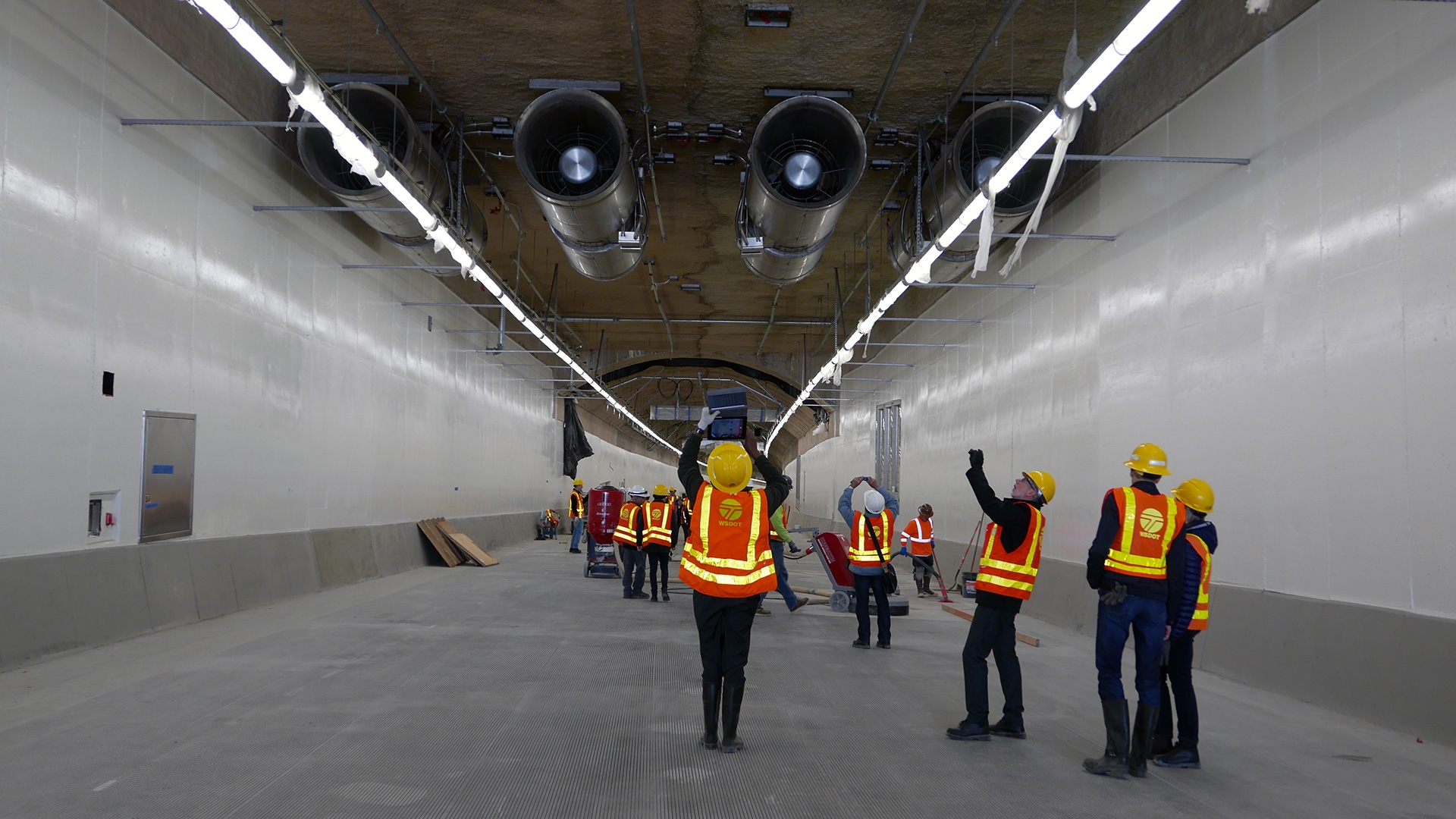Updated US guidelines for emergency ventilation

The study that gave the recommendations was conducted for the AASHTO T20 committee, with funding provided through the NCHRP, and prepared for AASHTO Standing Committee on Highways (May 2016). The recommendations was prepared by Dr. Igor Maevski, PE of Jacobs Engineering. The work was guided by a technical working group. The project was managed by Dr. Waseem Dekelbab, NCHRP Senior Program Officer.
The recommendations states that the tunnel ventilation system is the main tunnel fire life safety system. An objective of the tunnel ventilation system is to control and/or extract smoke and heated gases and to provide a non-contaminated environment for egress of tunnel users. Another objective is to support firefighting and rescue operations. In both cases, the primary goal is to control smoke and hot gases as the result of fire. Further on the report states that choosing the type of ventilation system is one of the most important decisions when designing a tunnel. While every situation has its unique features, some general conclusions are drawn about the relative usefulness and efficiency of the various types of ventilation systems for smoke control.
Tests performed in the study concluded that full transverse and semi- transverse ventilation systems used in many old US tunnels designed to the old standards and installed over 40 years ago, were ineffective in the management of heat and smoke for fires of 20 MW. To manage large fires, the old systems may need to be modified.
An important part of the study was to provide recommendations for guidelines that takes into account the use of other systems like fixed fire systems, together with selecting tunnel ventilation system and types of tunnel ventilation fans. Tunnel ventilation system response shall be coordinated with fixed firefighting system response and properly documented in the safety documentation and emergency response plan. Fixed firefighting systems role is to reduce the fire size, fire growth and can affect ventilation requirements. The safety documentation should address specific instructions to the tunnel operators on how to operate the tunnel ventilation system during fires, considering the specific characteristics and equipment of the tunnel. Further on the study says that strategies may differ depending on the type of ventilation system, traffic conditions, presence of other fire life safety systems such as fixed firefighting systems, and phase of fire emergency (evacuation or firefighting phase).
A complex ventilation system is much more efficiently managed by an automatic or semi-automatic system than by an operator performing under high stress conditions. The ventilation control should ensure adequate response for all conceivable fire scenarios.
The general recommendations to the operators applicable to all fire situations are:
- Respond in a timely manner to save lives;
- Activate fire life safety systems, such as tunnel ventilation, in accordance with the emergency response plan;
- Do not blow smoke in the direction of evacuees. Direct fresh air to support evacuation;
- Do not change the selected ventilation mode without direction from incident commander, especially during the evacuation phase. Changing ventilation mode, such as reversing fans or airflow during a fire event, could spread smoke throughout the tunnel;
- Over-ventilating may increase the fire size and fire growth rate and may destroy smoke stratification;
- Periodic training of tunnel operators, first responders, and their interactions is essential for a successful response. Training simulators are useful tools for ventilation controls training.
Further on the recommendations says that the most important measures that can reduce the severity of accidents are short distances to, and simple means of reaching escape routes for those escaping from a fire and those involved in the rescue work. Fire fighters should be able to approach the fire as safely as possible (in protected environment) and fire should not grow excessively before firefighting work can start.
These various conditions can be achieved, but there must be an overall safety program that identifies all the parameters involved, ensures that they work together, and creates the best conditions for a high level of safety.
Weblinks:
Recommended AASHTO guidelines for emergency ventilation smoke control in roadway tunnels (2016); http://onlinepubs.trb.org/onlinepubs/nchrp/docs/NCHRP20-07(363)_FR.pdf
Guidelines for emergency ventilation smoke control in roadway tunnels (2017); https://www.nap.edu/catalog/24729/guidelines-for-emergency-ventilation-smoke-control-in-roadway-tunnels

 En
En 




